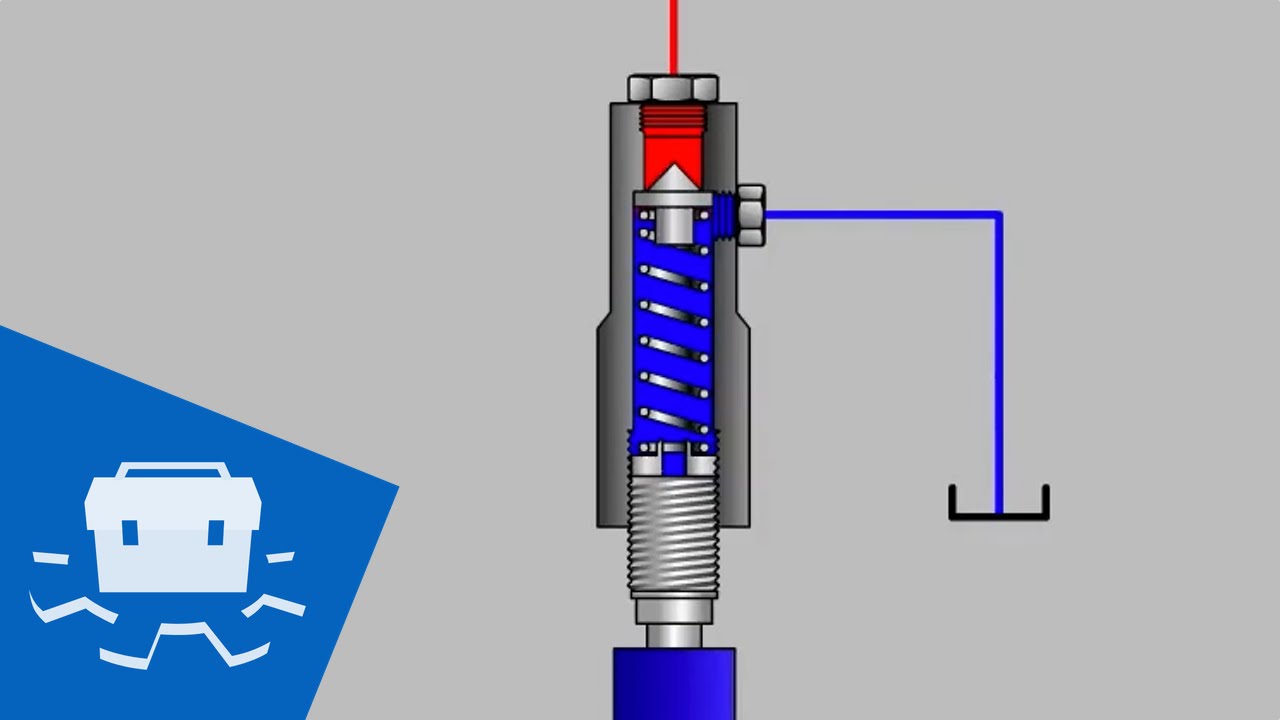Inspecting a pressure relief valve is a crucial task for maintaining the safety and efficiency of any industrial system. Understanding how to inspect a pressure relief valve is essential for ensuring that it operates correctly and prevents potential hazards. In this guide, we will delve into the detailed process of inspecting these vital components.

The Importance of Pressure Relief Valves
Pressure relief valves are designed to protect systems from excessive pressure. They play a critical role in maintaining safety by releasing pressure when it reaches a certain threshold. Without them, the risks of equipment failure, accidents, and even explosions increase significantly.
Understanding How to Inspect a Pressure Relief Valve
Before diving into the inspection process, it’s important to understand the structure and function of a pressure relief valve. These valves are engineered to open at a predetermined pressure level to relieve excess pressure, then close once normal conditions are restored.
Pre-Inspection Preparations
Before starting the inspection, gather all necessary tools and safety equipment. Ensure that all personnel involved are properly trained and aware of the safety protocols. It is also crucial to review the system’s design specifications and maintenance history.
Step-by-Step Inspection Process
1. Visual Inspection
Begin with a visual inspection of the valve. Look for any signs of wear, corrosion, or damage. Check the valve body, connections, and seals for leaks or abnormalities.
2. Operational Testing
Conduct an operational test to ensure the valve opens and closes at the specified pressure levels. This involves gradually increasing the system pressure to observe the valve’s response.
3. Leakage Testing
Perform a leakage test to detect any leaks when the valve is in the closed position. This can be done using a soap solution or specialized leak detection equipment.
4. Internal Inspection
If necessary, perform an internal inspection by disassembling the valve. Check the internal components for wear, damage, or foreign debris that could impair valve function.
Common Issues and Troubleshooting
During an inspection, you may encounter common issues such as leakage, improper sealing, or inaccurate pressure settings. Addressing these issues promptly is crucial for maintaining system integrity. For guidance on troubleshooting, refer to the PRV Troubleshooting Guide.
Compliance and Standards
Ensure that your pressure relief valves comply with relevant standards such as the ASME Code. Adhering to these standards guarantees that the valves are safe and reliable for use.
Maintenance Best Practices
Regular maintenance is key to prolonging the life of a pressure relief valve. This includes routine inspections, timely repairs, and replacements of worn components. Keeping detailed records of maintenance activities helps in tracking the valve’s performance over time.
Conclusion
Understanding how to inspect a pressure relief valve is essential for anyone involved in maintaining industrial systems. Regular inspections not only ensure safety but also enhance the efficiency and longevity of the equipment. By following the steps outlined in this guide, you can perform thorough inspections and maintain the reliability of your pressure relief valves.

FAQs
1. How often should pressure relief valves be inspected?
Pressure relief valves should be inspected at least once a year, or more frequently if they are exposed to extreme conditions or frequent cycling.
2. What tools are needed for inspecting a pressure relief valve?
Common tools include a pressure gauge, leak detection equipment, wrenches, and safety gear. Specific requirements may vary based on the type of valve and system.
3. What are the signs of a faulty pressure relief valve?
Signs include leaks, unusual noises during operation, failure to open at the set pressure, and visual damage to the valve components.
This article contains affiliate links. We may earn a commission at no extra cost to you.



